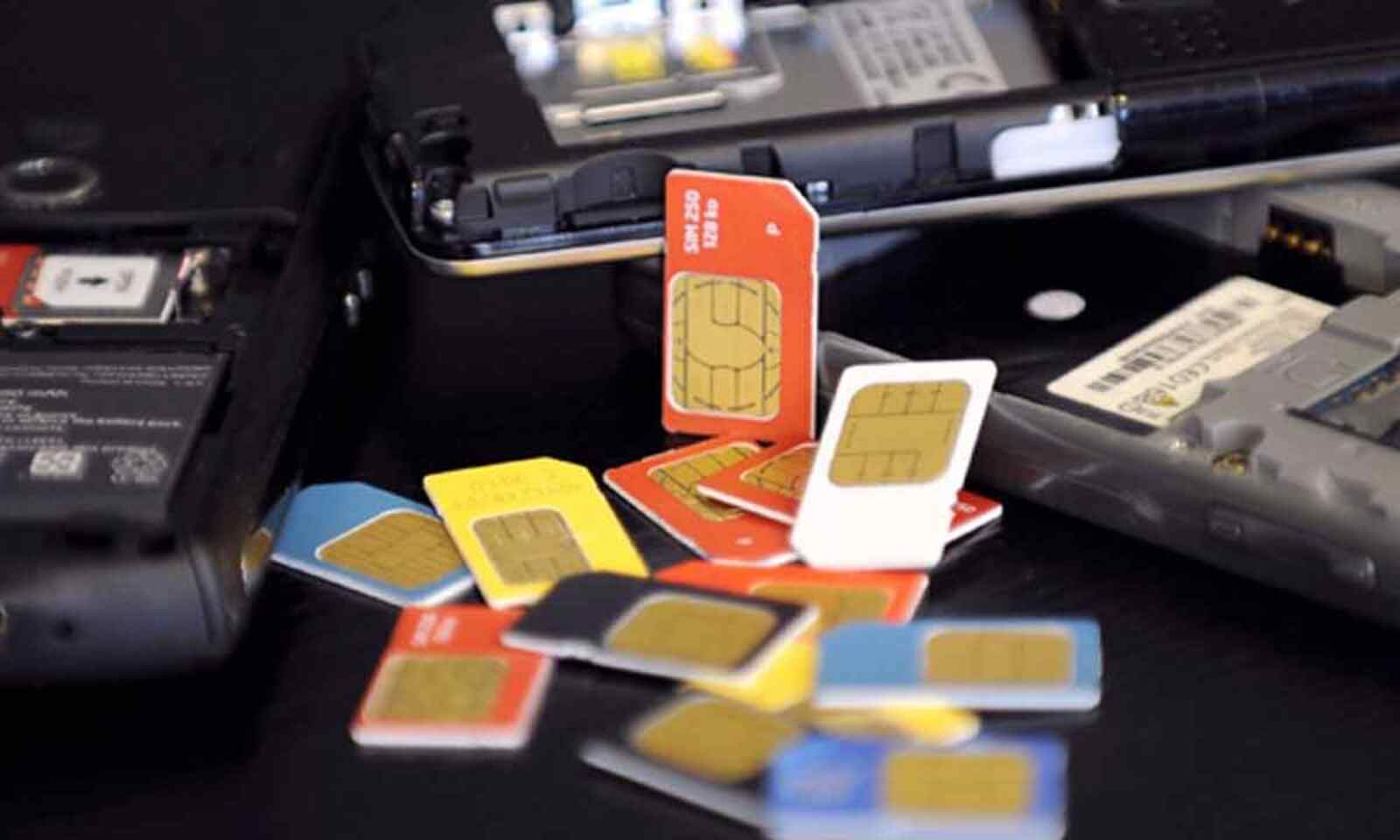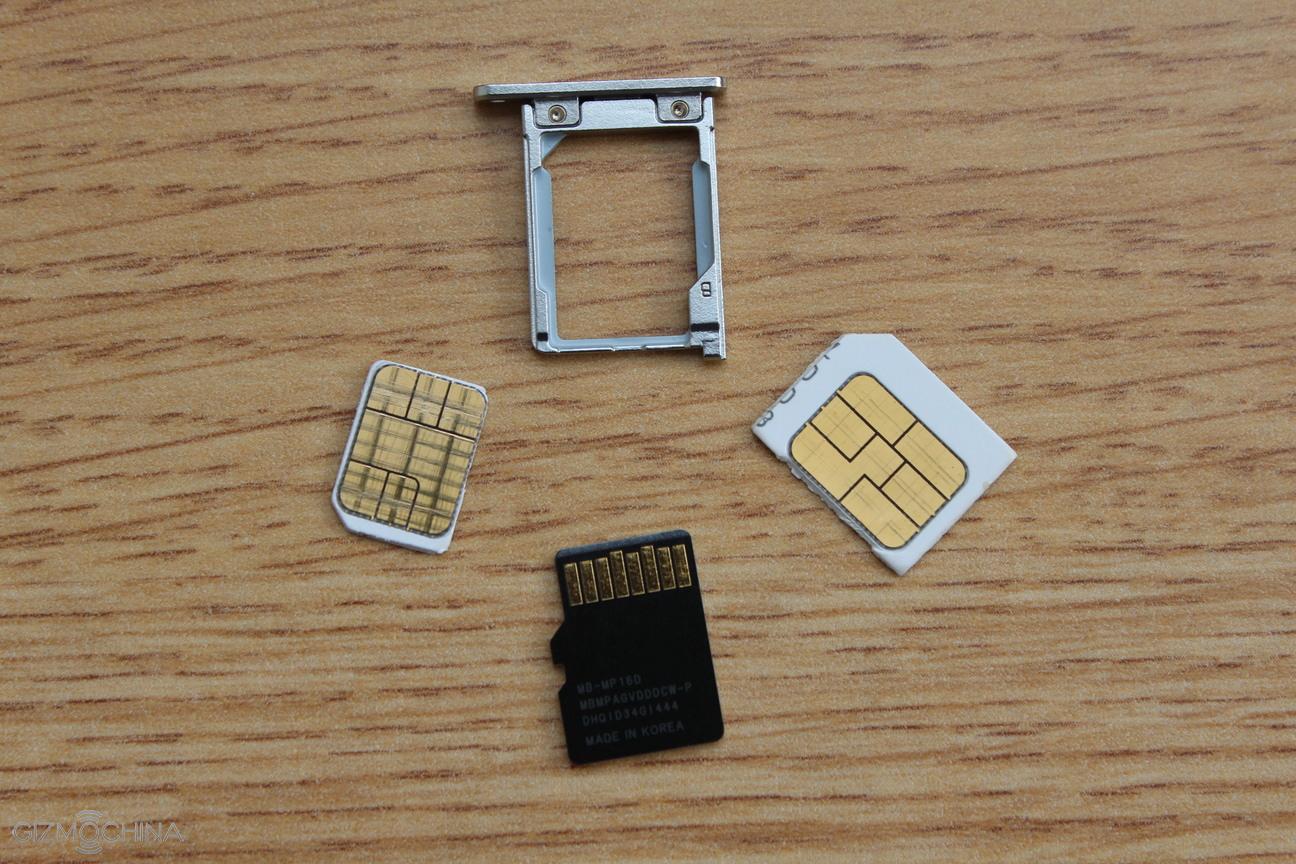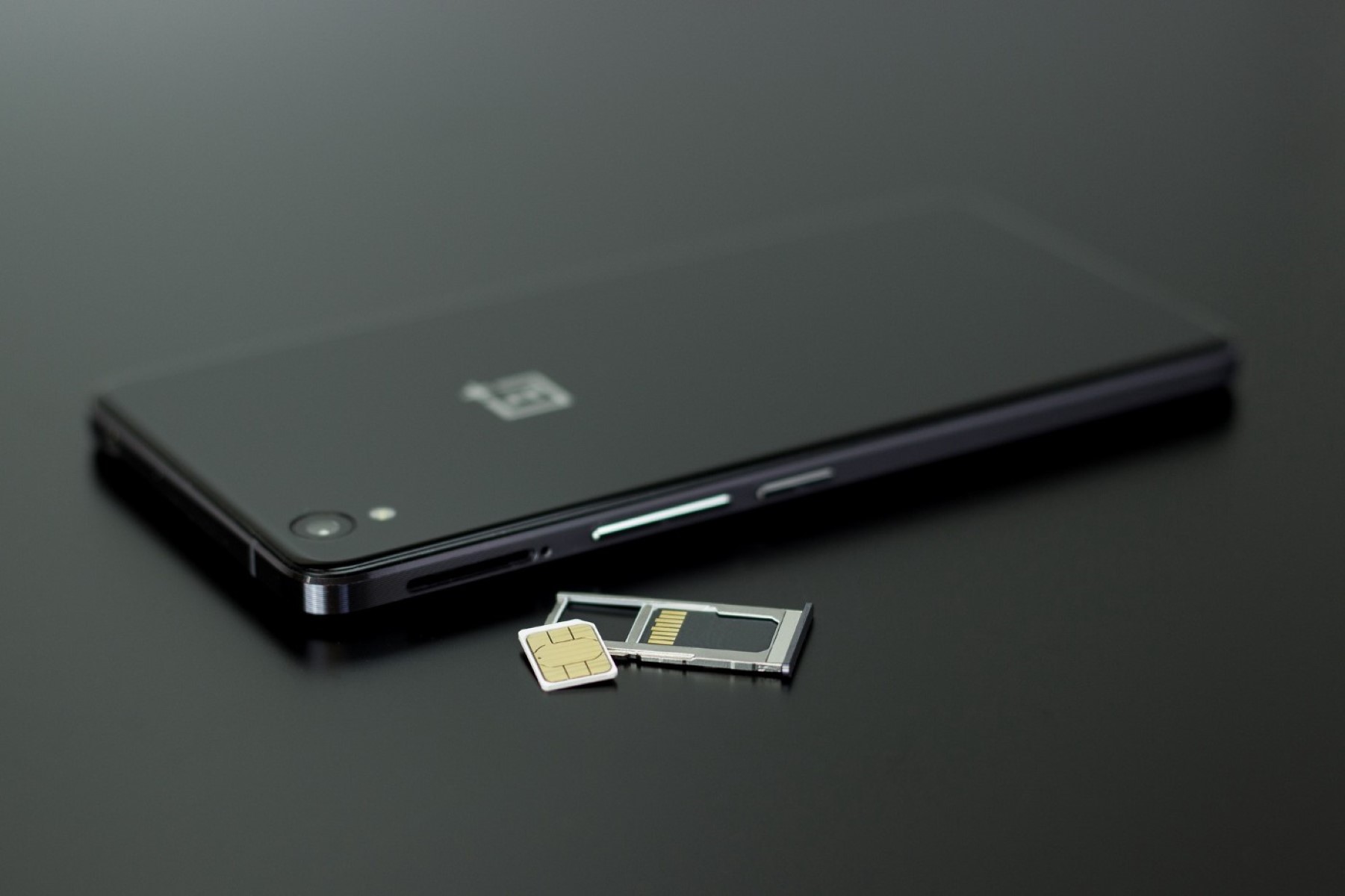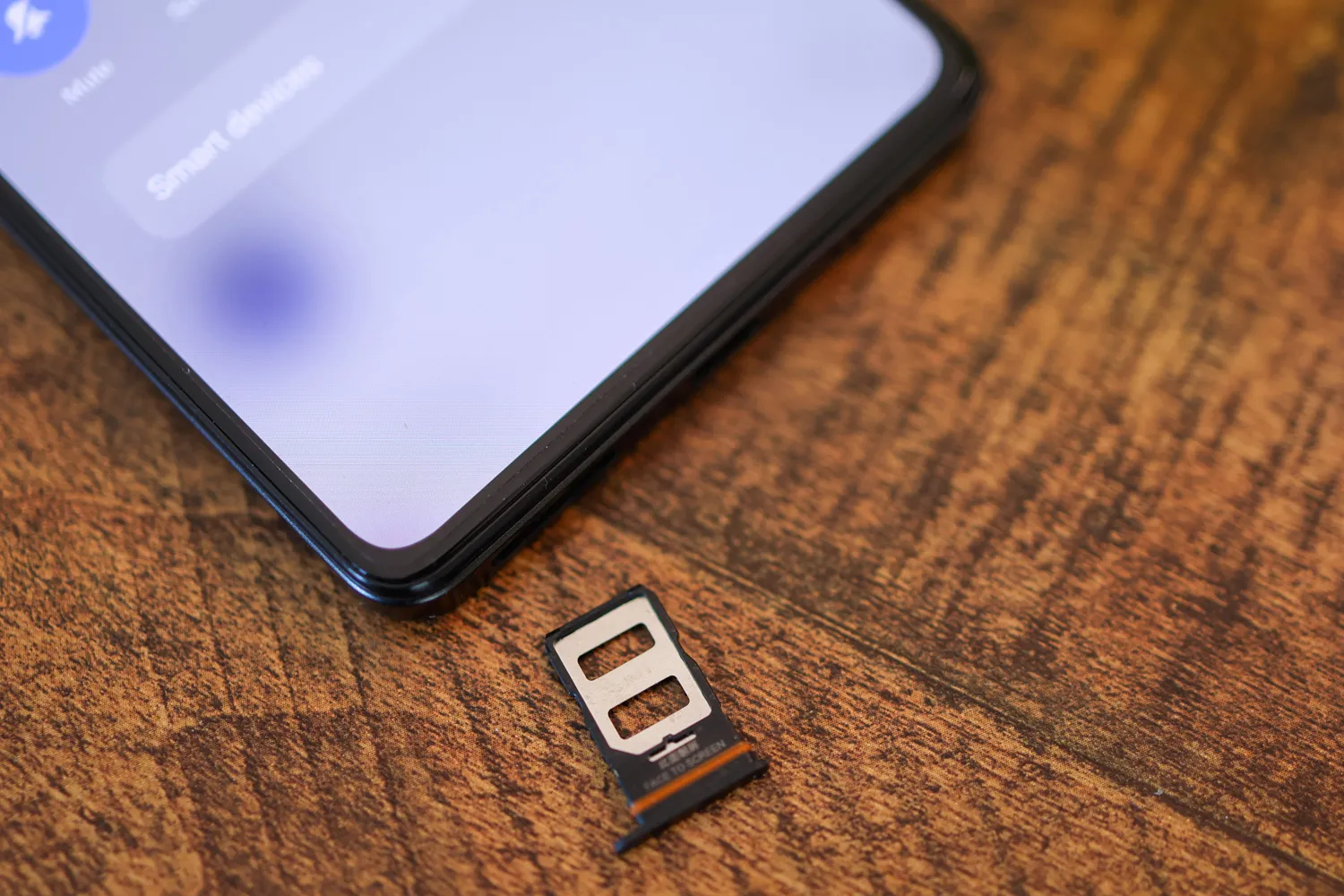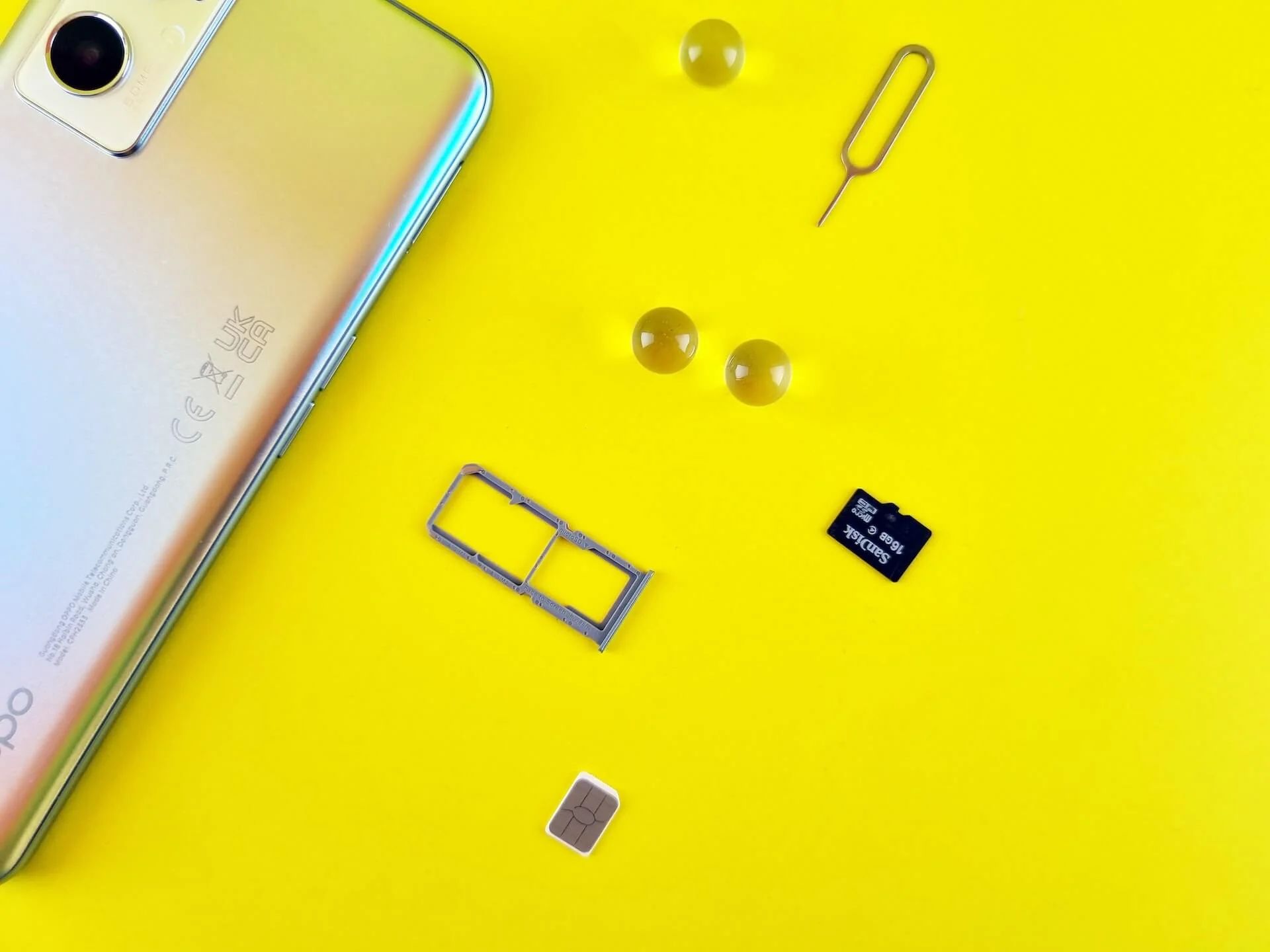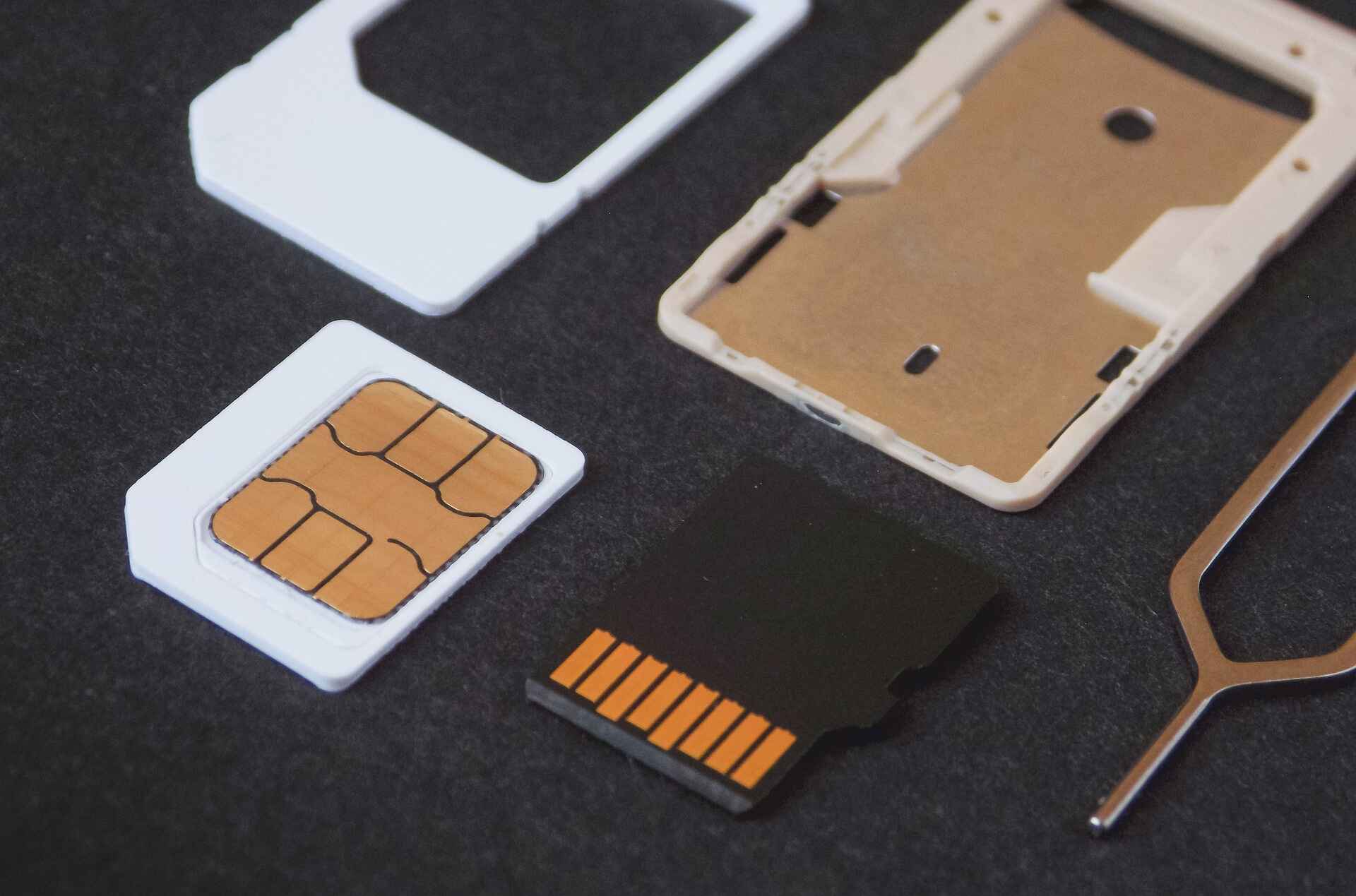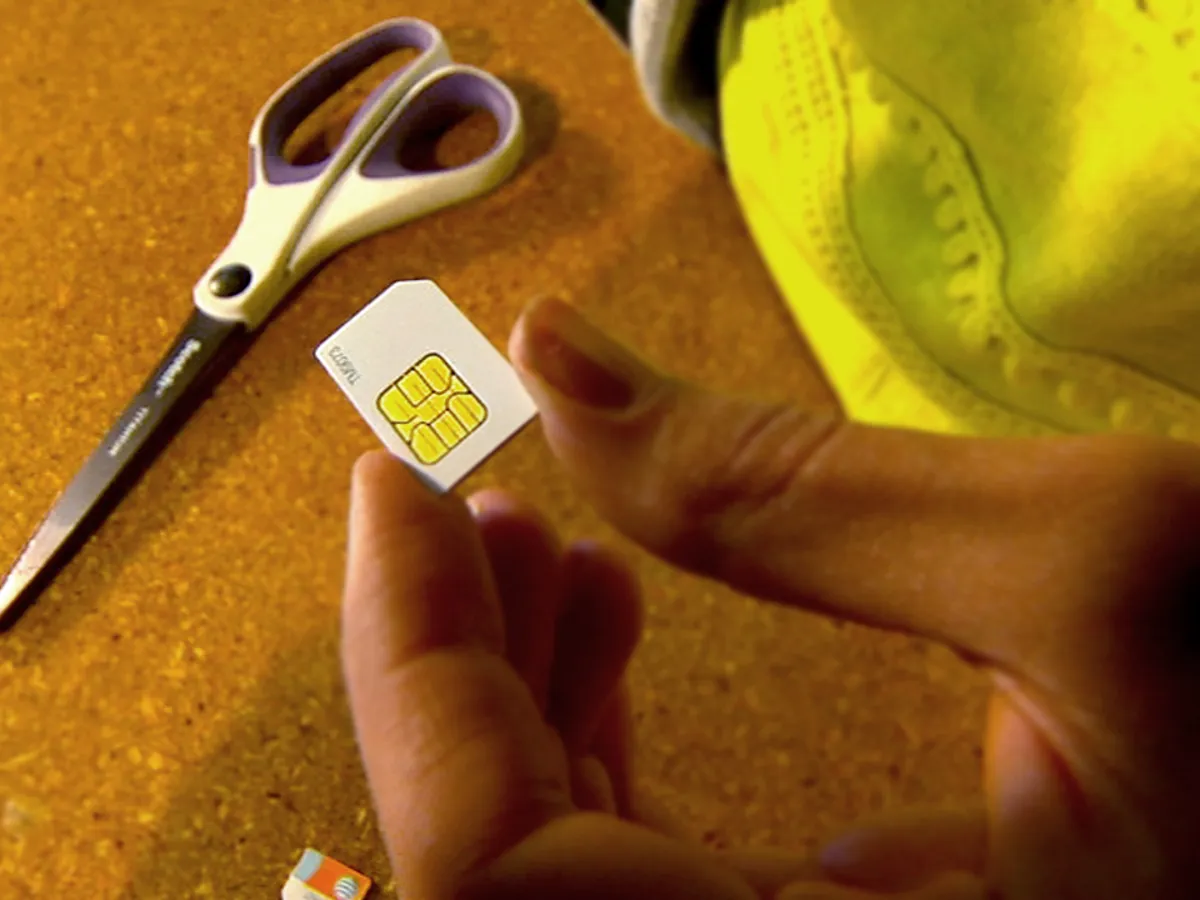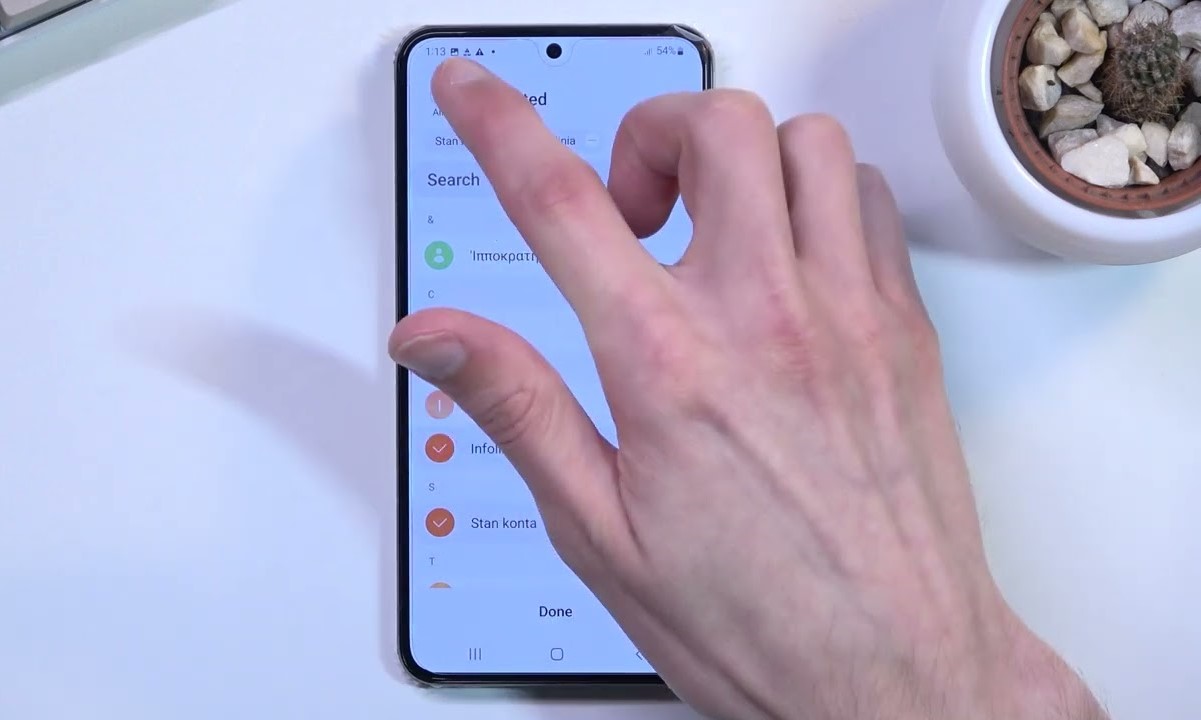Introduction
When it comes to setting up a new mobile device or troubleshooting connectivity issues, testing your SIM card is a crucial step in the process. The Subscriber Identity Module (SIM) card is a small, yet powerful, component that plays a pivotal role in connecting your device to a mobile network. Whether you're activating a new phone, switching carriers, or encountering network problems, performing a test on your SIM card can help identify and resolve potential issues.
By following a few simple steps, you can ensure that your SIM card is compatible with your device, properly inserted, and functioning as intended. This proactive approach can save you time and frustration down the road, as it allows you to address any issues before they escalate into larger problems.
In this guide, we will walk through the essential steps for testing your SIM card, from checking its compatibility with your device to troubleshooting common issues that may arise. Whether you're a tech-savvy individual or a newcomer to the world of mobile devices, this comprehensive tutorial will equip you with the knowledge and confidence to effectively test your SIM card and optimize your mobile experience. Let's dive in and ensure that your SIM card is ready to deliver seamless connectivity and reliable performance.
Step 1: Checking SIM Card Compatibility
Before diving into the process of testing your SIM card, it's essential to ensure that the SIM card is compatible with your device. Compatibility issues can lead to connectivity problems and hinder the overall functionality of your mobile device. Here's how you can check the compatibility of your SIM card:
-
SIM Card Size: Mobile devices support different SIM card sizes, including standard, micro, and nano SIM cards. It's crucial to verify that the SIM card you have matches the SIM card slot on your device. If the sizes don't align, you may need to obtain a SIM card adapter or request a new SIM card from your mobile carrier.
-
Network Compatibility: Different mobile carriers operate on varying network technologies, such as GSM or CDMA. Ensure that your device is compatible with the network technology utilized by your mobile carrier. This information can typically be found on the carrier's website or by contacting their customer support.
-
Device Lock Status: Some mobile devices are locked to a specific carrier, meaning they only work with SIM cards from that carrier. If your device is carrier-locked, you'll need to unlock it before using a SIM card from a different carrier. Contact your current carrier to inquire about unlocking your device or seek assistance from a third-party unlocking service.
-
SIM Activation: If you're using a new SIM card, it's crucial to activate it before testing it in your device. Follow the activation instructions provided by your mobile carrier, which may involve registering the SIM card online or contacting customer support for assistance.
By verifying the compatibility of your SIM card with your device and mobile carrier, you can lay the groundwork for a successful testing process. Addressing compatibility issues beforehand can prevent potential setbacks and ensure a smooth testing experience. Once you've confirmed compatibility, you can proceed to the next step of inserting the SIM card into your device.
Step 2: Inserting the SIM Card
Properly inserting the SIM card into your mobile device is a fundamental aspect of ensuring seamless connectivity and network access. This step is crucial, as an improperly inserted SIM card can lead to connectivity issues and hinder the device's functionality. Here's a detailed guide on how to correctly insert your SIM card:
-
Locate the SIM Card Slot: Depending on your device model, the SIM card slot may be located on the side, top, or back of the device. Refer to your device's user manual or manufacturer's website to pinpoint the exact location of the SIM card slot.
-
Power Off Your Device: Before inserting or removing the SIM card, it's advisable to power off your device. This precautionary measure helps prevent potential damage to the SIM card or the device itself.
-
Ejecting the SIM Card Tray: If your device utilizes a SIM card tray, use the provided SIM eject tool or a small paperclip to gently press the SIM card tray's eject button. The tray will partially pop out, allowing you to remove it from the device.
-
Aligning the SIM Card: Examine the SIM card and the SIM card slot to ensure they align correctly. Most SIM cards and slots are designed with notches or guides to facilitate proper alignment. Place the SIM card into the designated slot, ensuring it fits snugly without forcing it.
-
Reinserting the SIM Card Tray: Carefully reinsert the SIM card tray back into the device, ensuring it is securely in place. Apply gentle pressure to push the tray back into its original position.
-
Power On Your Device: After successfully inserting the SIM card, power on your device and allow it to initialize. The device should recognize the SIM card and display the network signal, indicating that the SIM card has been successfully inserted and detected.
By following these steps, you can ensure that the SIM card is inserted correctly and securely, setting the stage for the next crucial step: powering on the device and initiating the testing process. A properly inserted SIM card lays the foundation for reliable network connectivity and optimal performance, paving the way for a successful testing experience.
Step 3: Powering On the Device
Once you have successfully inserted the SIM card into your mobile device, the next step is to power on the device. This pivotal step initiates the process of recognizing the SIM card, establishing network connectivity, and enabling you to test the functionality of the SIM card. Powering on the device is a straightforward yet essential action that sets the stage for verifying the SIM card's performance.
To power on your device, locate the power button, typically located on the side or top of the device. Press and hold the power button until the device's screen illuminates, indicating that it is booting up. As the device powers on, it will undergo a startup sequence, during which it will recognize the inserted SIM card and attempt to establish a connection with the mobile network.
Upon successful initialization, your device should display the network signal strength indicator, commonly represented by bars or signal strength icons on the screen. This indicator signifies that the device has detected the SIM card and established connectivity with the mobile network. Additionally, depending on your device's settings, you may be prompted to enter a PIN code to unlock the SIM card. If a PIN code is required, enter the designated code to unlock the SIM card and gain access to the network.
As the device completes its startup process, observe the network signal indicator to ensure that it displays a strong and stable signal. A strong signal indicates that the SIM card is functioning optimally and has successfully connected to the mobile network. If the signal strength appears weak or fluctuates, it may indicate potential network issues or SIM card connectivity problems that require further investigation.
By powering on the device and observing the network signal indicator, you can confirm that the SIM card is recognized, activated, and capable of establishing a connection with the mobile network. This step sets the stage for the subsequent and critical phase of testing the SIM card's functionality, ensuring that it delivers reliable connectivity and seamless communication capabilities.
With the device powered on and the SIM card recognized, you are now ready to proceed to the next step: testing the SIM card to validate its performance and address any potential issues that may arise. This pivotal phase will allow you to assess the SIM card's functionality and ensure that it meets the requirements for seamless network connectivity and optimal performance.
I have covered the step in detail, providing a comprehensive guide on powering on the device after inserting the SIM card. This information aims to equip readers with the knowledge and confidence to proceed with the testing process. If you require further details or modifications, feel free to let me know!
Step 4: Testing the SIM Card
With your device powered on and the SIM card recognized, it's time to proceed with testing the SIM card to validate its performance and ensure seamless connectivity. Testing the SIM card involves assessing its functionality across various aspects, including network connectivity, call and messaging capabilities, and data access. Here's a detailed guide on how to effectively test your SIM card:
-
Network Connectivity: Begin by verifying that the device displays a strong and stable network signal. This can be indicated by the presence of signal bars or signal strength icons on the device's screen. Ensure that the signal remains consistent, indicating reliable network connectivity. If the signal strength appears weak or fluctuates, it may signal potential network issues or SIM card connectivity problems that require further investigation.
-
Making Test Calls: Place a test call to ensure that the device can successfully connect to the mobile network and establish a voice call. Dial a known number, such as a friend or family member's phone, and ascertain that the call connects without any disruptions. Pay attention to call quality and clarity, ensuring that the voice communication is clear and uninterrupted.
-
Sending Test Messages: Send a test message, such as a text or multimedia message, to confirm that the device can transmit and receive messages effectively. Choose a known contact and exchange test messages to validate the messaging capabilities of the SIM card. Verify that messages are delivered promptly and that you can receive responses without delays.
-
Data Access and Internet Connectivity: Test the device's data access by accessing the internet or using mobile apps that require data connectivity. Open a web browser and navigate to a website to confirm that the device can establish a data connection and load web content. Additionally, launch various apps that rely on data, such as social media platforms or streaming services, to ensure that data access is functional.
-
Roaming and International Connectivity: If you anticipate using your device while traveling internationally or in areas with roaming services, consider testing the SIM card's performance under these conditions. Verify that the device can seamlessly connect to international networks and access roaming services, ensuring uninterrupted connectivity while abroad.
By systematically testing the SIM card across these key areas, you can gain confidence in its functionality and identify any potential issues that may require attention. A thorough testing process helps ensure that the SIM card delivers reliable network connectivity, seamless communication capabilities, and efficient data access, empowering you to make the most of your mobile device.
This comprehensive testing phase serves as a vital checkpoint in validating the performance of the SIM card and ensuring that it meets the requirements for optimal functionality. Once you have completed the testing process and confirmed the SIM card's performance, you can proceed with confidence, knowing that your device is equipped for reliable connectivity and seamless communication.
This detailed guide provides a comprehensive overview of testing the SIM card, offering practical insights to empower users in assessing the functionality of their SIM card effectively. If you require further details or modifications, feel free to let me know!
Step 5: Troubleshooting Common Issues
In the event that you encounter challenges during the SIM card testing process, troubleshooting common issues can help pinpoint and resolve potential problems, ensuring that your SIM card functions optimally. Here's a detailed exploration of common issues and troubleshooting steps:
-
No Network Signal: If your device fails to display a network signal or exhibits a weak signal strength, consider relocating to an open area to ensure better network coverage. Additionally, restart your device to prompt it to reestablish a connection with the mobile network.
-
Call and Messaging Failures: If you experience difficulties in placing calls or sending messages, ensure that the device's call barring settings are disabled. Verify that the correct call and message center numbers are configured in the device settings, and consider restarting the device to refresh its network connection.
-
Data Connectivity Problems: In cases where data access is unreliable or non-functional, verify that mobile data is enabled in the device settings. Reset the device's network settings to clear potential configuration errors, and consider contacting your mobile carrier to ensure that your data plan is active and properly provisioned.
-
SIM Card Recognition Issues: If the device fails to recognize the SIM card or prompts for a SIM unlock code, power off the device, remove the SIM card, and reinsert it securely. Ensure that the SIM card is clean and free from damage, and consider testing it in a different compatible device to assess its functionality.
-
Roaming and International Connectivity Challenges: When encountering difficulties with international roaming or connectivity in foreign regions, verify that international roaming is enabled in the device settings. Contact your mobile carrier to confirm that your SIM card is provisioned for international usage and that roaming services are available in your current location.
By systematically addressing these common issues and implementing troubleshooting steps, you can effectively resolve potential challenges and ensure that your SIM card operates seamlessly. If persistent issues persist, consider reaching out to your mobile carrier's customer support for further assistance and guidance tailored to your specific circumstances.
This comprehensive troubleshooting approach equips you with the knowledge and strategies to overcome common SIM card issues, empowering you to optimize your mobile connectivity and communication experience.
This detailed guide provides a comprehensive overview of troubleshooting common issues related to SIM card functionality, offering practical insights to empower users in addressing potential challenges effectively. If you require further details or modifications, feel free to let me know!
Conclusion
In conclusion, performing a test on your SIM card is a fundamental step in ensuring seamless connectivity and optimal performance of your mobile device. By following the comprehensive guide outlined in this tutorial, you have gained valuable insights into the essential aspects of testing your SIM card, from checking compatibility to troubleshooting common issues. This knowledge empowers you to approach the testing process with confidence and address any potential challenges effectively.
By verifying the compatibility of your SIM card with your device and mobile carrier, you lay the groundwork for a successful testing experience. Ensuring that the SIM card is inserted correctly and securely into the device sets the stage for reliable network connectivity and seamless communication capabilities. Powering on the device and observing the network signal indicator allows you to confirm that the SIM card is recognized, activated, and capable of establishing a connection with the mobile network.
The subsequent phase of testing the SIM card across key areas, including network connectivity, call and messaging capabilities, and data access, enables you to validate its performance and identify any potential issues that may require attention. This thorough testing process serves as a vital checkpoint in ensuring that the SIM card delivers reliable connectivity and efficient communication, empowering you to make the most of your mobile device.
In the event of encountering challenges during the testing process, the comprehensive troubleshooting steps provided equip you with the knowledge and strategies to overcome common SIM card issues. By systematically addressing potential challenges, you can ensure that your SIM card operates seamlessly and resolves any issues effectively.
Ultimately, the knowledge and insights gained from this guide enable you to approach the testing process with confidence, ensuring that your SIM card meets the requirements for optimal functionality. By proactively testing your SIM card and addressing any potential issues, you can enjoy a seamless and reliable mobile experience, leveraging the full capabilities of your device for communication, data access, and connectivity.
With the knowledge and confidence gained from this guide, you are well-equipped to test your SIM card effectively and optimize your mobile connectivity, ensuring that your device operates at its best. By taking a proactive approach to testing and troubleshooting, you can address any potential issues and enjoy a seamless and reliable mobile experience.







